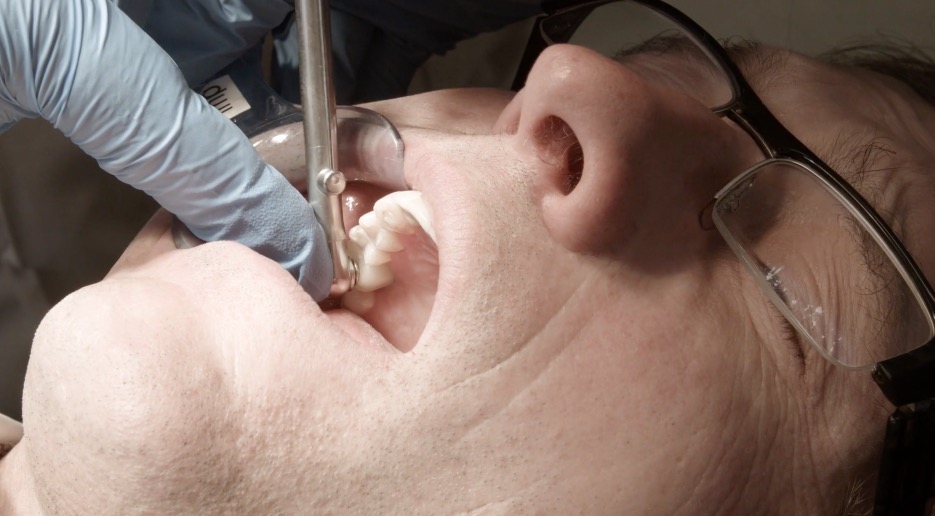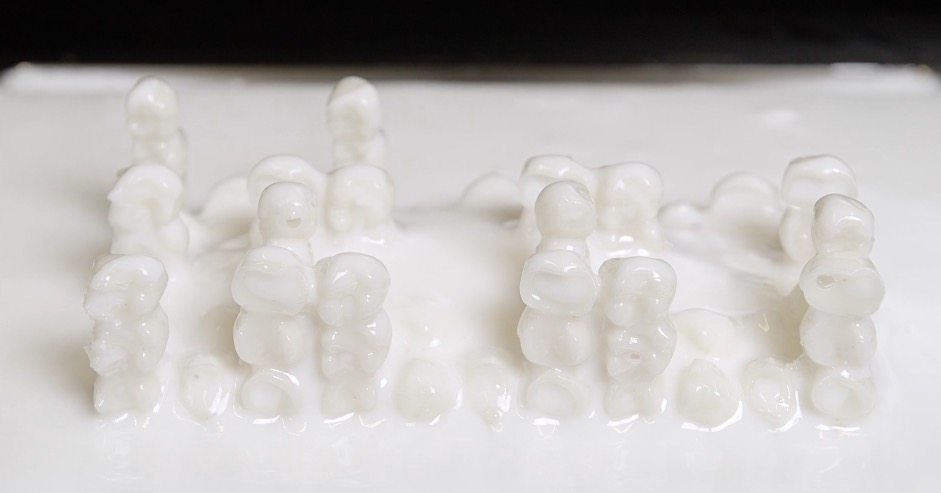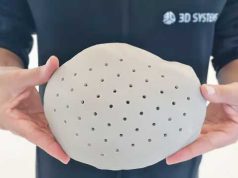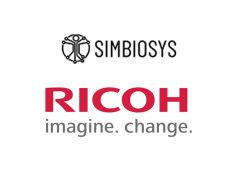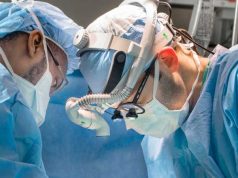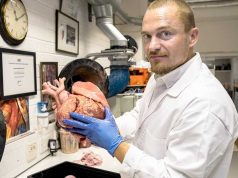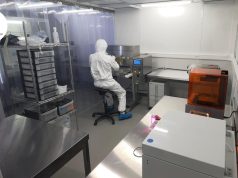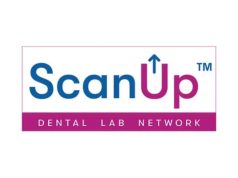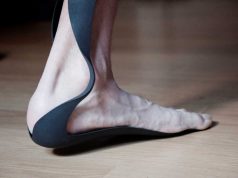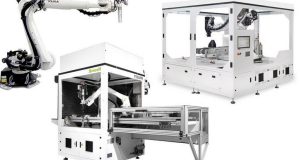Rik Jacobs, CEO of NextDent, has received the first 3D printed Micro Filled Hybrid (MFH) crown. The crown, placed on a root implant in his mouth, had been fitted by Professor Daniel Wismeijer, Professor of Oral Implantology and Prosthetic Dentistry at the Academic Centre for Dentistry Amsterdam.
NextDent develops and produces materials such as dental CE certified and bio-compatible 3D printing materials, including Micro Filled Hybrid. The material is available in a variety of colours to ensure an aesthetically perfect fit with the existing teeth.
“I am very proud that we can now show the world that the printing of a (permanent) crown on a root implant has become a reality”, said Rik Jacobs. “The crown fits perfectly, because it has been printed to an accuracy on a μm scale”.
Prof. Daniel Wismeijer adds: “It is amazing how efficient the 3D printing technique is. Normally, patients need to undergo various treatments, but with the use of the 3D digital workflow, this can be reduced significantly.”
The process starts with a 3D scan of the patient’s teeth to design a 3D printable model using a specific dental software. This data is used to 3D print a design for the dentist to perfectly fit the implant’s screw. The crown is then printed on a machine from TNO, a Dutch research institute, with NextDent’s MFH material.
Rik Jacobs tells us: “A new infrastructure has been developed. As the scanners, software, materials, hardware (printers) and the correct tools for post-processing / finishing of the workpieces have undergone (completed) technical development, we are convinced that 3D printing for dental applications is about to take off. Our conviction is supported by a recent publication by SmarTech Markets Publishing, which states that the global Dental 3D printing market will expand from 1 billion US $ to more than 3 billion US $ over the next 5 years. This is not surprising; 3D printing offers significant benefits that will allow dental professionals to work more quickly, more accurately and more sustainably. The end result is improved dental care for the patient.”
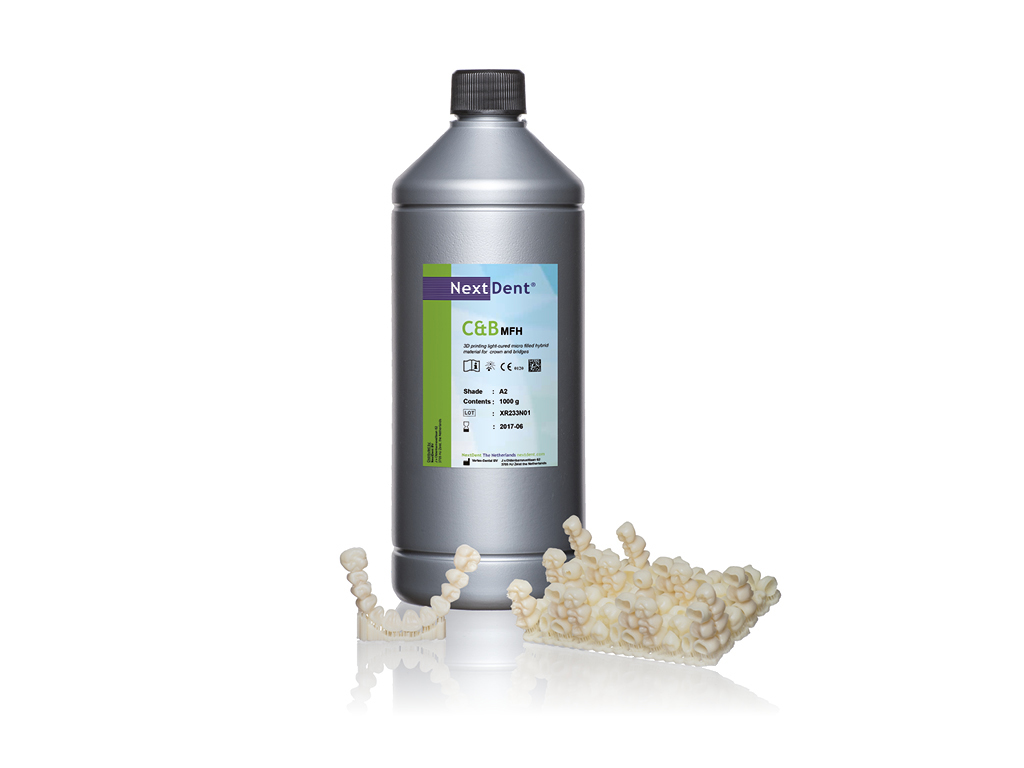 3D printing allows for dental technicians to work more predictably and reduce errors. Moreover, the dentist is no longer constrained by the current cutting techniques, as 3D printing technology enables for the design of shapes that he thinks are necessary for the restoration, based on his knowledge and expertise, Wismeijer explains. Additionally, the new technique also saves time by producing more workpieces in one run, compared to the current cutting technique. The digital workflow is also a time-saver for patients, reducing visits to a minimum.
3D printing allows for dental technicians to work more predictably and reduce errors. Moreover, the dentist is no longer constrained by the current cutting techniques, as 3D printing technology enables for the design of shapes that he thinks are necessary for the restoration, based on his knowledge and expertise, Wismeijer explains. Additionally, the new technique also saves time by producing more workpieces in one run, compared to the current cutting technique. The digital workflow is also a time-saver for patients, reducing visits to a minimum.
Rik added: “The digital prosthetic workflow by NextDent allows dental laboratories to optimise their productivity and simultaneously minimise manual labour. 3D printing can take place 24 hours per day, seven days per week. This allows laboratories to handle a much larger volume.” These time savings as well as production without waste result in reduced costs.
Click here to watch a video of the complete process.
Subscribe to our Newsletter
3DPResso is a weekly newsletter that links to the most exciting global stories from the 3D printing and additive manufacturing industry.



